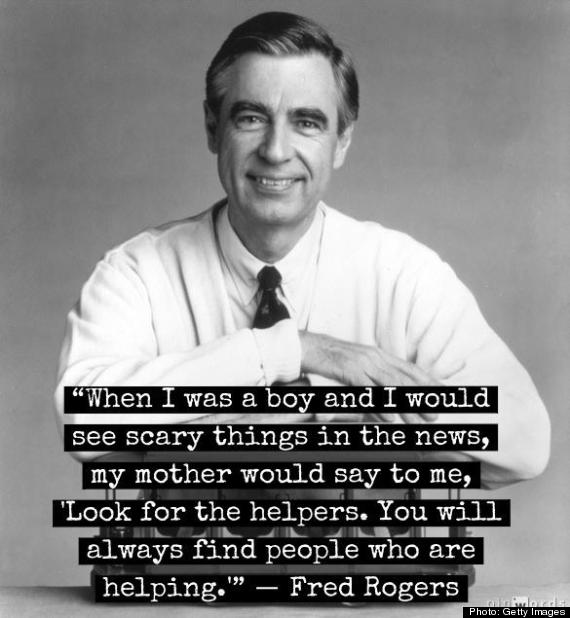The Boy Who Drew Cats adapted by Lafcadio Hearn and Margaret Hodges, and illustrated by Aki Sogabe
Holiday House, 2002
ISBN-13: 978-0823415946
Available: Used hardcover and paperback, Audible audiobook
I had a reader request the name of a book about a little boy drawing all over the walls. The classic story about a boy drawing himself into a story is Harold and the Purple Crayon by Crockett Johnson, but that didn’t seem quite right. I finally remembered a Japanese folktale about a boy who drew all over the walls of a temple and drove a demon away, and was able to find what I think is really the answer to this question; it’s a story called “The Boy Who Drew Cats”, and it has been adapted and illustrated many times. The copy pictured above was adapted by Lafcadio Hearn and Margaret Hodges, and illustrated by Aki Sogabe, but there are MANY other versions.
The story follows a young man who is obsessed with drawing cats; he draws only cats, but he draws them amazingly well. Forced to leave home to find a trade, he spends the night in an abandoned temple, with empty screens all around, just begging to be painted with cats. After painting the walls, the boy falls asleep, waking in the night to hear a tremendous fight. In the morning, he discovers a terrible rat demon, dead, and notices the cats on the screens are not in the same positions he had painted them in. His cats have defeated the monster and saved his life, revealing his artistic ability and enabling him to become a professional artist.
Walls can be the source of creativity, as they are in the nonfiction picture book Painting for Peace in Ferguson, a story about the creative approach the community of Ferguson took to beautify and inspire neighborhoods where the buildings had been boarded up or defaced following demonstrations against police brutality that turned violent. They can become a personification of insanity or paranoia, as they are in Charlotte Perkins Gilman’s “The Yellow Wallpaper”, in which the protagonist has delusions of a trapped woman creeping behind the room’s wallpaper, or the whispers from her dead mother that one character hears in Amy Lukavics’ The Women in the Walls.
Walls can be an “in-between” place, as they are in Neil Gaiman’s The Wolves in the Walls and Coraline, in which the main characters have to make choices about whether they will be passive or active participants in their own lives. If you are on the outside, walls can be a barrier you look to cross that conceal a treasure inside, as in The Secret Garden, and if you are on the inside they can be a trap– a haunted house that won’t let go, a locked-room mystery you can’t escape, like the inhabitants of the island in Agatha Christie’s And Then There Were None. If you are the builder, like Hugh Crain in The Haunting of Hill House, you can make the walls be disorienting and disturbing to inhabitants to influence their minds, and if you want to keep people away, like Baba Yaga, you can decorate with human skulls.
Or you can follow your passion where it goes, and both protect and beautify the world by transforming walls into something new, like the boy who drew cats.











Follow Us!